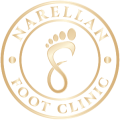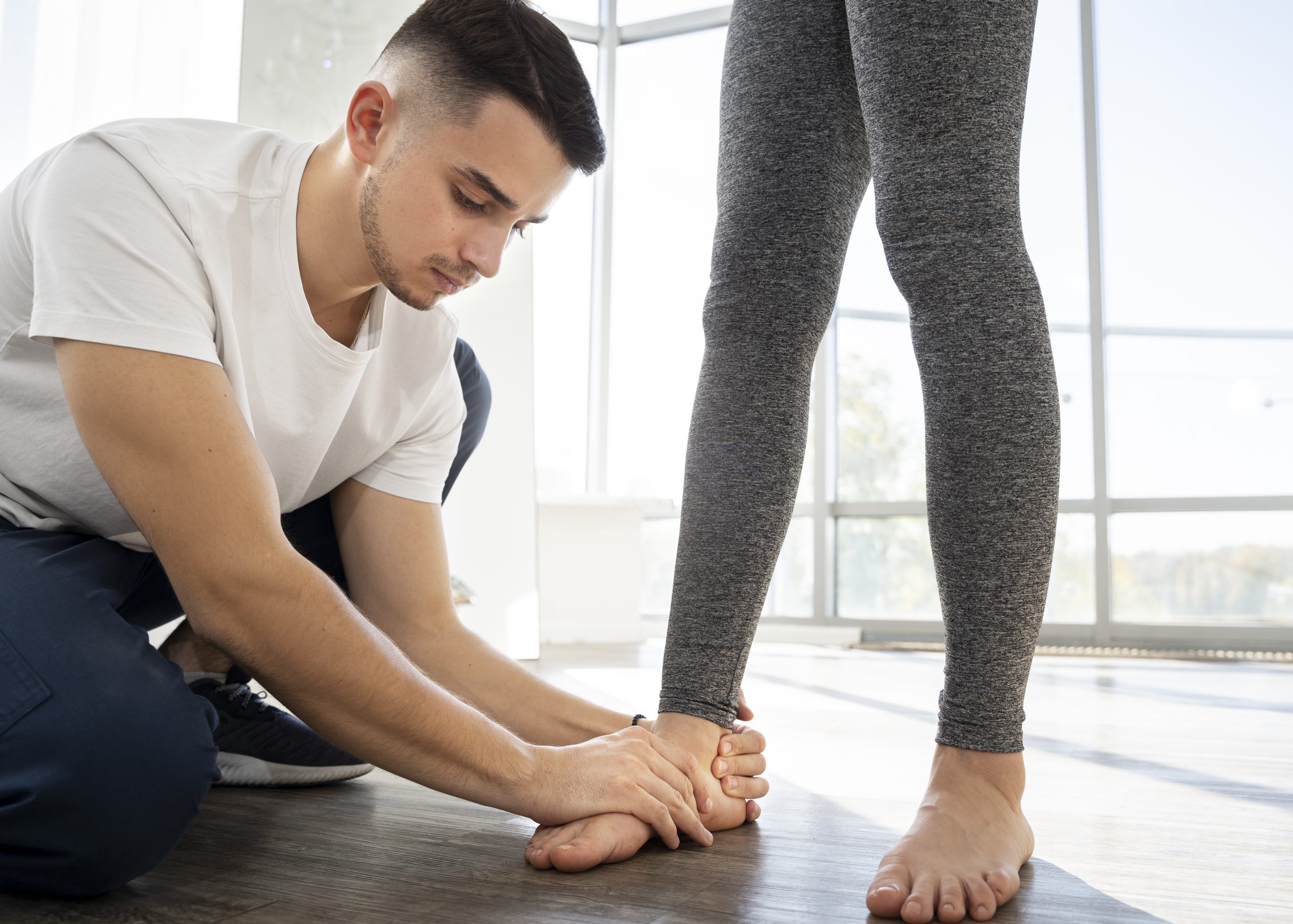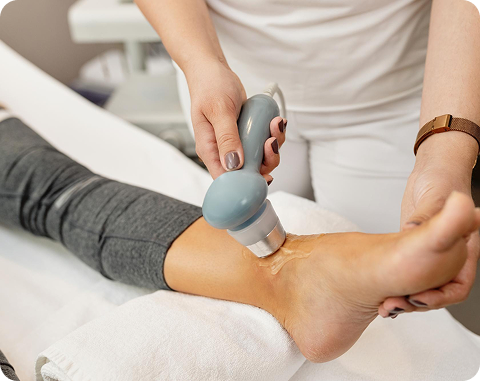Biomechanical Assessment – Get to the Root of Foot, Ankle, and Postural Pain
A podiatry biomechanical assessment is a structured clinical evaluation to find the real cause of pain or recurring injuries. Your feet are your foundation. Small changes in foot posture or muscle control can shift load up the chain, leading to heel pain, shin splints, knee ache, hip tightness, or lower-back strain.
A targeted biomechanical assessment identifies how your feet, ankles, knees, and hips work together when you stand, walk, and run. Whether you’re experiencing heel pain, flat feet, knee strain, or even lower back tension, a biomechanical assessment helps in identifying the misalignments, muscle imbalances, or movement faults.
At Narellan Foot Clinic, we understand that chronic pain in your feet, ankles,and knees isn’t always caused by a single injury. That’s why we offer comprehensive biomechanical foot assessment services to know the root cause of discomfort and restore healthy movements.
Understanding Pain Linked to Foot and Leg Imbalances
Many patients get surprised by knowing how much a small imbalance in the feet can affect the rest of the body. When joints or muscles don’t function correctly, it often leads to extra strain on the ankles, knees, hips, or even the lower back.
Conditions like flat feet ( out of fast pronation, over-pronation), Muscle strength imbalances or reduced joint flexibility may appear minor at first but can lead to persistent discomfort during walking, exercise, or standing for long hours. A podiatry biomechanical assessment is designed to uncover these hidden imbalances and explain why pain keeps returning.
Benefits of a Biomechanical Foot Assessment
A biomechanical assessment is more than a quick check of your feet. Rather, it’s a detailed evaluation of how your body moves, how pressure is distributed, and how your joints, muscles, and ligaments work together. By understanding these patterns, we gain clear insight into the causes of discomfort and the steps you can take to improve movement, reduce pain, and protect long-term mobility. With A biomechanical foot assessment
- We pinpoint the reasons behind your foot or leg pain.
- We help in improving balance and stability for safer, more confident movement.
- Narellan Foot Clinic lowers the risk of future injuries through early detection.
- Supports long-term mobility and comfort in daily activities.
- Makes it easier to stay active without ongoing aches or stiffness.
With these benefits, a biomechanical assessment from us allows you to take control of your foot health. It’s a step toward lasting comfort, stronger mobility, and greater independence.
What to Expect During Your Appointment
When you visit Narellan Foot Clinic for a biomechanical foot assessment, your podiatrist will begin by discussing your symptoms, medical history, and daily routine to understand what can be affecting your foot and leg health. The assessment involves simple, non-invasive tests such as observing how you walk, your posture, and examining how your joints, muscles, and ligaments move under pressure.
Our podiatrist will also look closely at how your feet interact with the ground and how your alignment impacts the rest of your body. Throughout the appointment, everything is explained clearly so you understand what is being observed and how it connects to your discomfort.
By the end of your session at Narellan Foot Clinic, you’ll leave with a clearer understanding of what is causing your pain and practical steps that can help improve your mobility, comfort.


